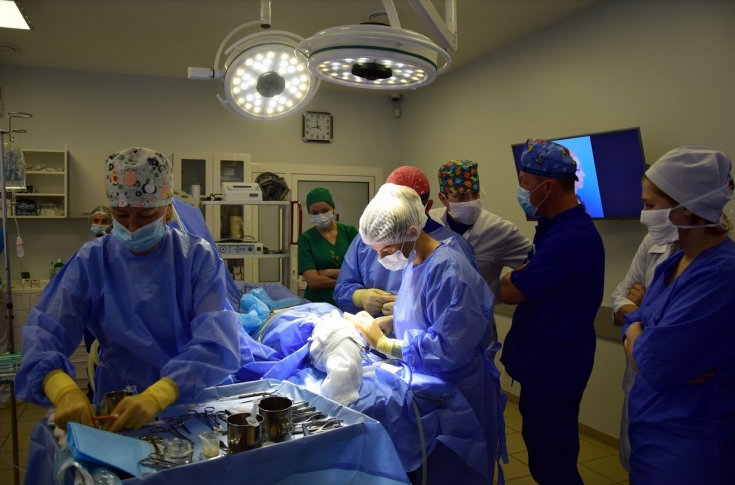Rhinoplasty makes it possible to obtain a neat and refined shape of the nose. However, often the deformation of the external nose can be accompanied by concomitant pathology of the ENT organs. In this case, the task of the surgeon is not only to carry out an aesthetic correction of the nose, but also to ensure normal nasal breathing for the patient. More details about rhinoplasty in the presence of concomitant pathology of ENT organs were told specifically for estet-portal.com by the director of the clinic "Nove tilo", candidate of medical sciences, surgeon of the highest category Timofey Oleg Vasilievich.
What are the main challenges of rhinoplasty?
Rhinoplasty – it is a fairly safe procedure that is easily tolerated by patients. At the same time, rhinoplasty – this is truly a jewelry operation, since changes in this area, even by a fraction of a millimeter, can greatly affect a person's appearance. Rhinoplasty requires a lot of experience from the surgeon, who must not only feel the tissues well, but also understand what will happen to them a few months after the operation. This is due to the fact that the tip of the nose tends to droop, so it is important to take these features into account in order to get a good result.
How often do you meet with concomitant pathology of ENT organs?
In fact, combined pathology is much more common than we imagine. If a person has some kind of curvature of the external nose, then he probably has changes in the septum. If it does not occupy a median position, if there is an S-shaped deformation of the septum, then, as a rule, nasal breathing worsens. It happens that due to the curvature of the septum, the fistulas of the paranasal sinuses may overlap, which can provoke the development of sinusitis. And if, without understanding this problem, you perform rhinoplasty, then you can worsen the situation by provoking an even greater narrowing of the airways.
The doctor should think not only about the aesthetic component of the operation, but also ensure the patient's normal nasal breathing.
Therefore, today we have developed a clear strategy. Every patient of the "Nove tilo"clinic who goes for rhinoplasty is examined by an otorhinolaryngologist. If the doctor has any doubts – computed tomography of the bones of the nose and paranasal sinuses is performed. If a person has a concomitant ENT pathology, we try to cope with it during one operation. At the first stage, the ENT doctor does everything to provide the patient with free nasal breathing: he aligns the septum or removes its curved part. Only after that the plastic surgeon starts to work.

Does the presence of chronic sinusitis affect the regeneration process after rhinoplasty?
The presence of chronic diseases of the ENT organs does not affect the recovery processes after rhinoplasty. However, it is important to remember that rhinoplasty is accompanied by the appearance of additional edema. And if a person has chronic sinusitis, there is a risk that the swelling will completely block the fistula that connects the sinus to the nasal cavity. As a result, the disease can become acute. Therefore, it is so important to identify the concomitant pathology of the ENT organs even before the operation, for which we use computed tomography.

Tell us about current trends in rhinoplasty?
Currently, it is possible to perform computed tomography of the nasal bones, followed by printing a layout on a 3D printer.
Today, with the help of a 3D printer, you can print separately the bones of the nose, the skull, and also see how the paranasal sinuses look like.
At the request of the patient of the "Nove tilo" clinic, a silicone cover can be printed separately, on which it is possible to make out in detail which features of the nose the person does not like. It is also possible to print out a model with a predicted nose shape so that the patient can literally hold his “new nose” in his hands. This method is also valuable for the doctor, because it allows you to study in detail all the internal structures of the patient's nose.









Add a comment